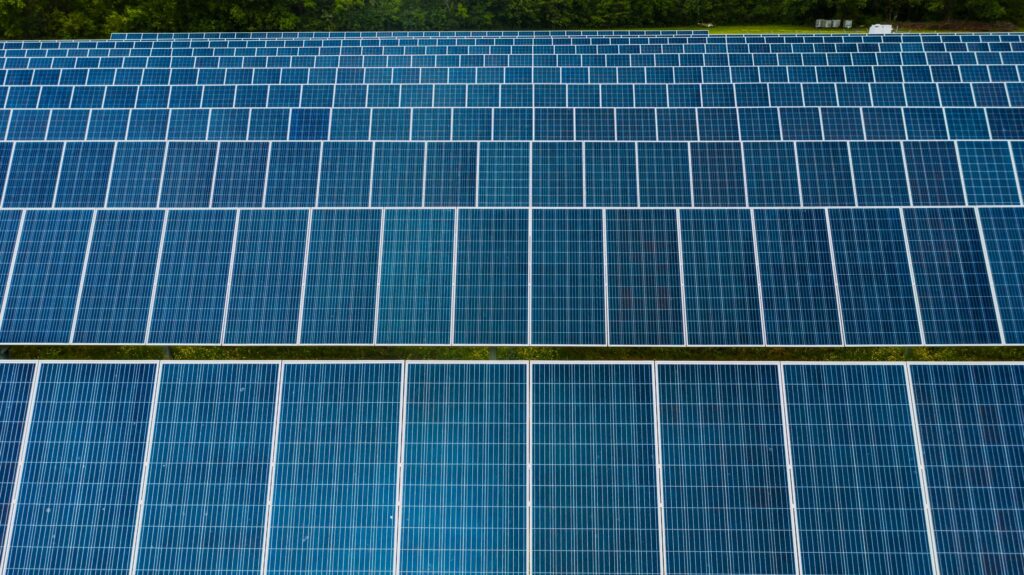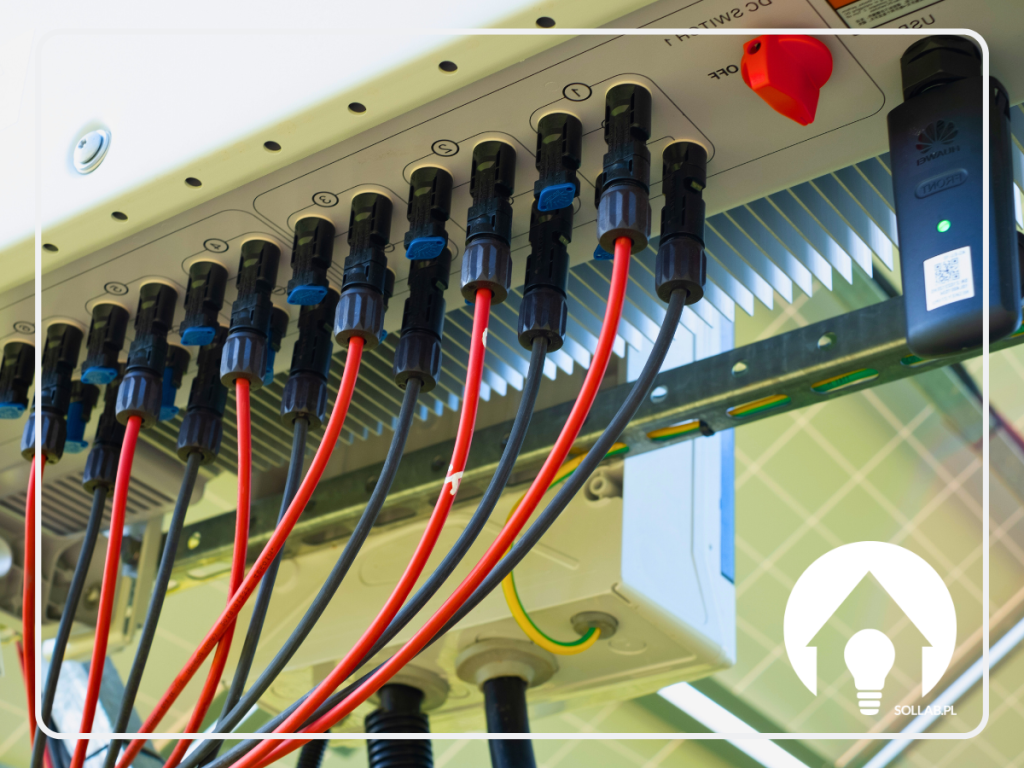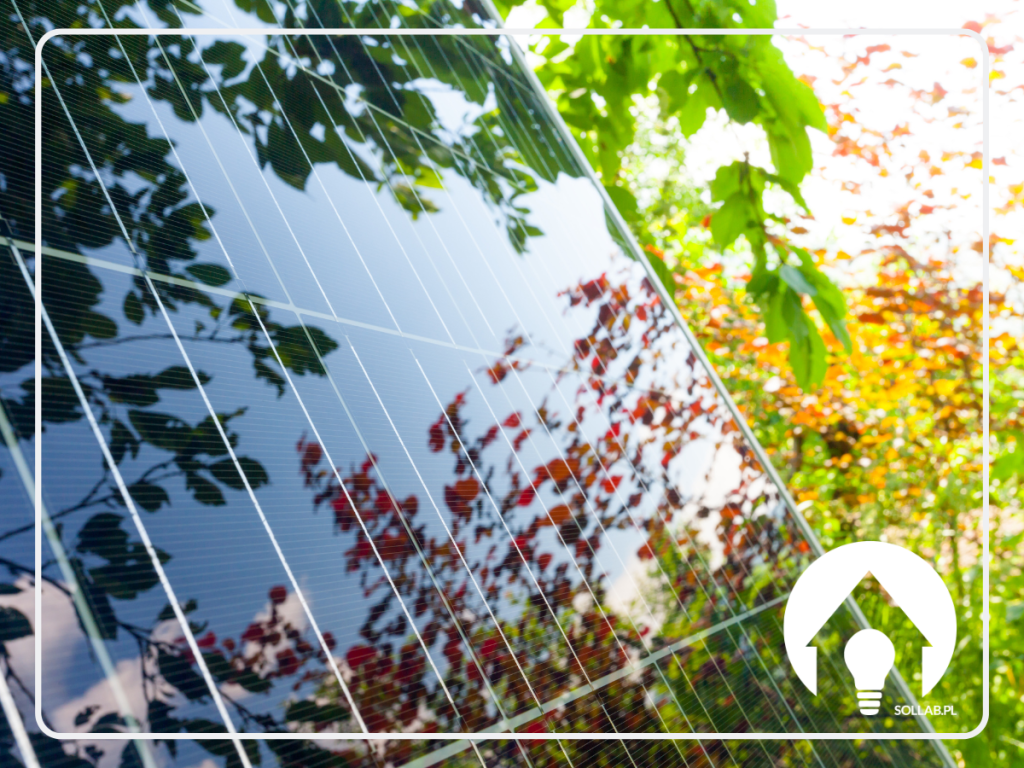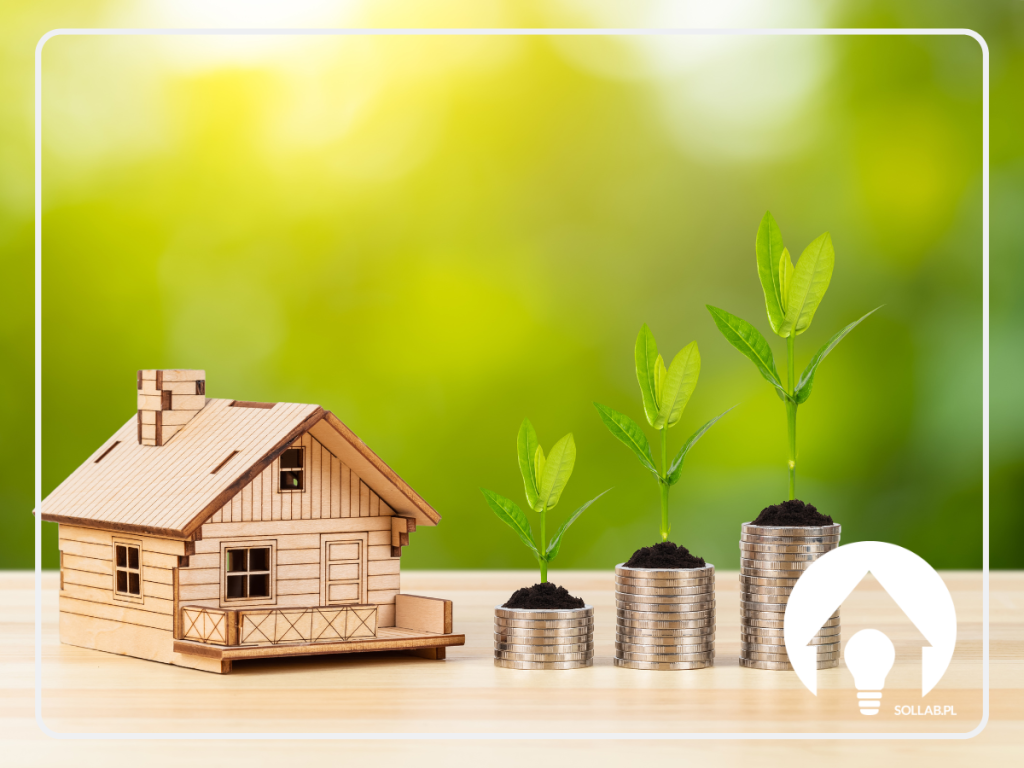The possibility of extracting energy from the sun's rays has revolutionised the energy market. There is no doubt that the technology, which after all is only in its infancy, has a bright future in the area of renewable energy sources. Investing in this type of energy is an increasingly popular business model. Photovoltaic farms, which are being built in increasing numbers, are the technology of the future. Investments in this energy sector are being successfully made by both public and private entities.
Any kind of photovoltaic installation, regardless of the scale of the project, should be a well-considered investment. There are many tools available to give you a rough estimate of the profitability of the project you want to carry out. However, many variables need to be taken into account. The question is which ones and whether it is worth investing in the construction of a photovoltaic farm?
The use of photovoltaic farms is one of the best ways in which effective energy security is possible for any region.
A photovoltaic farm is a ground-based installation. The appropriate execution time for a project to create a photovoltaic farm is usually a few weeks. Of course, this all depends on the size of the project. Nevertheless, it can be said that the time it takes most investors to create a photovoltaic farm is very short - compared to the installation of other energy sources.
Why invest in photovoltaic farms?
Investing in modern energy generation solutions is currently an extremely dynamic energy sector. However, the profitability of this type of investment involves a number of issues to bear in mind when investing in such assets. What is worth considering and what are the benefits of investing in photovoltaic farms?
Benefits of photovoltaic farms:
- Flexible commitment of capital, which in practice means investing your money in modern investment models that give you the opportunity to place your investment for, say, one year, with assured monthly payments.
- Stability of investment, because an investment in a photovoltaic farm is excellent capital for the future. Not only does it represent an ideal model for generating passive income over the years, but also the certainty that it is not an investment that is dependent on both economic and business situations.
- The higher rate of return is a particularly important element, as the rate of return on renewable energy investments is significantly higher than on traditional instruments. This type of project makes it possible to achieve a return on investment of up to several percent in a well-thought-out business model.
- Committed to energy security, the negative environmental impact of traditional methods is drastically reduced by investing in photovoltaic farms.
- It is normal that with the rapid development of the economy and technology, the corresponding demand for electricity is constantly increasing. On the other hand, the reserves of traditional raw materials currently in use, such as coal, are diminishing ever more rapidly.
Consequently, investment in natural energy sources, such as photovoltaic farms, appears to be one of the more secure business models. The increasing number of such investments is just one of many proofs that this way of investing capital is a future-proof solution.
Photovoltaic farm - what is needed to set up?
The investments that are made in the photovoltaic sector are often a large expense. In principle, regardless of the scale of the project. Even the purchase of a domestic photovoltaic installation involves considerable financial outlay. However, the design and subsequent construction of a photovoltaic farm is an undertaking that few can afford. Nevertheless, it is one of the most secure investments.
However, if the decision to set up a photovoltaic farm has been made, it is useful to know what specifically will be needed to set up such a natural power plant. The first issue is the plot of land, which must have access to the sun at all times. According to current requirements, in order to be able to build a photovoltaic farm on a plot of land, conditions such as:
- the plot of land must be larger than 2ha,
- trees and buildings must not obstruct it,
- a flat surface that should slope south,
- low land class,
- have the ability to commute.
As you can see, setting up a photovoltaic farm not only involves a willingness to make a large investment, but also a number of requirements. But is it a cost-effective solution? It certainly is. And this business model will continually be improved.

















